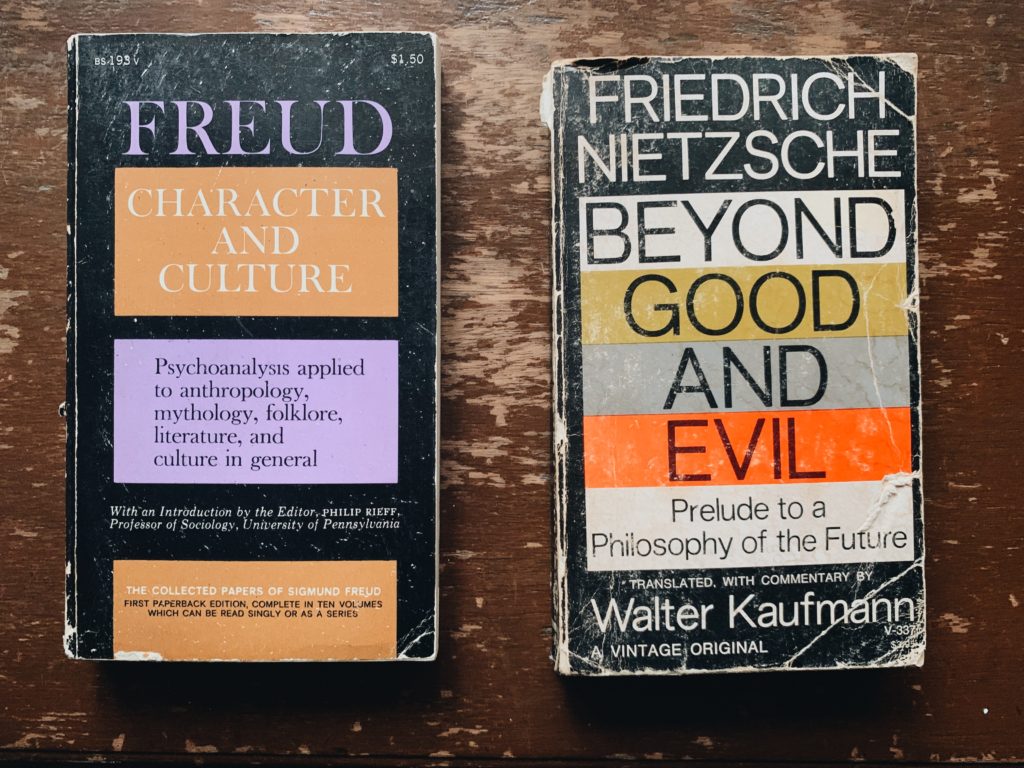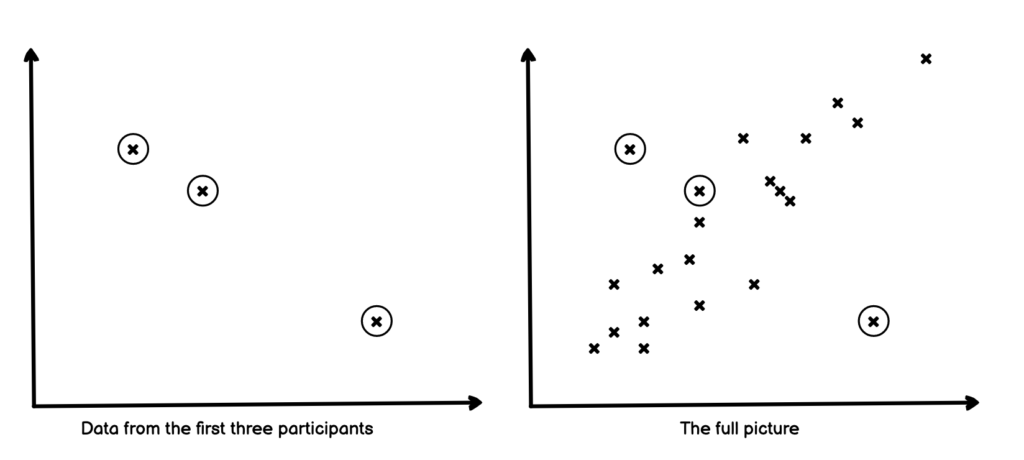Whenever I tell people that I have a background in psychology, the most common reactions I get tend to be “Oh my god, you must be analysing me!”, “Are you reading my mind?” This is an understandable reaction, but the answer in both cases is no.
This informal polling (if one can call it that) is indicative of the misconceptions about what the field entails. I do not intend to start a philosophical discussion of what Psychology ‘really is about’, but since mind-reading did not make it on my list of skills, I wanted to highlight some of the key things I did learn, and how it has changed my perspective on things.
A small caveat before I begin: psychology is an incredibly broad discipline with several different methodologies and domains. The point of this post is not to distill all of it, or even my own specialisation which was in cognitive neuroscience. Instead I am attempting to focus on some of the things that I encountered already as an undergraduate and which have stayed with me since.

Statistics over anecdotal evidence
Statistics might not be the first thing that comes to mind when thinking of psychology, and yet it’s central for being able to carry out and assess research.
Let’s imagine that you are running an experiment and your participant shows up. They complete the task at hand but unbeknownst to you they were hungover from the night before, so they performed worse than they would have otherwise. Another participant shows up, who happens to be particularly alert having had a cup of coffee. Another is particularly risk-averse and so performs the task at hand more carefully, which also influences their results. And so on and so on. Furthermore, behaviour tends to be influenced by several different factors, not just the presence of a hangover. The data are always messy, and you will need to use some statistics to get at any underlying patterns. There are some exceptions, but anecdotal evidence alone is not going to get you far.

Experimental design and the indirect nature of measurement
You are rarely measuring directly what you are interested in, and so you have to select your proxy variables with care. For instance you can assess short-term memory by testing recall of number sequences, attention through reaction time, and personality via questionnaires. All of these relate to the phenomenon of interest, but also don’t tell you the full story. You have to also consider alternative explanations for your results. It’s one of the reasons why journal papers have multiple experiments in them, as researchers attempt to rule out alternative explanations for their results.
At least that’s what people should be doing. If you want to read a great account of shoddy and unethical methodologies that are partly to blame for the replication crisis in psychology and beyond, then I strongly recommend the book Science Fictions or read this SMBC comic instead.
It’s an illusion: Your brain doesn’t work how you think it does
Studies on neurological patients have provided great insights on how the human mind works. There are split-brain patients where the left hand doesn’t know what the right hand is doing, ‘blind’ people who can still reach out to objects, and patient HM who could not form new memories, but could still learn new motor tasks. More than anything, they demonstrate the modularity in the brain, and how even though we perceive things as a unitary whole, that is not really the case.
This is corroborated by studies in non-clinical populations. A lot of research consists of manipulating experimental variables and seeing if this leads your brain astray: you infer how it works by seeing when and how it doesn’t. Visual illusions are a great example of this, as the way they trick you tells you how perception works. For instance, did you realise that you cannot see the blind spot in your eye? A nice demonstration of how what you perceive is just your brain filling in the gaps! For a more immediate demonstration, here is one of my favourite visual illusions I’ve stumbled upon on Twitter.
“Disks” color illusion: The backgrounds of the disks appear to be green and blue but are all the same color RGB 203, 253, 254. Zooming out increases the effect. Original png file is at https://t.co/6r2PMbLMJc. pic.twitter.com/5GEnAgsncL
— David Novick (@NovickProf) November 7, 2019
Perception is not the only part of cognition where you see the brain making inferences and crafting its own reality. In fact, it’s a running theme. For instance, instead of being creatures of pure reason people use heuristics in their decision making. Another example are memories, which turn out to be a lot less reliable than people think. Not only do they shift with time, one can even induce false ones. The unreliability of eyewitness testimonies has stuck with me since my first semester as an undergraduate…I think!
To err is human; to forgive divine
Some might conclude that since people are so fallible and irrational we might as well throw in the towel and call it a day. However my biggest takeaway is how amazingly well our minds work regardless of the shortcuts they take.
In the 1960s Marvin Minsky gave some undergraduates the task to figure out vision over the summer. Since we do it all the time, how hard could it be? As this XKCD comic neatly illustrates, the answer is “very.” Our minds are victims of their own success and make it look easy, when what they do is mind-bogglingly complicated (if you pardon the expression).
I might take what people say with a larger pinch of salt, but I am also more willing to cut them (and myself) a bit more slack.
Leave a Reply